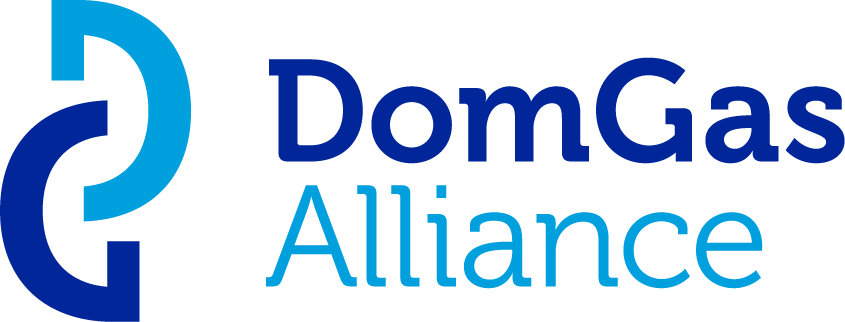The Importance of Gas Supply
Secure and affordable gas supply is critical for Western Australia and underpins jobs, investment and economic growth in the State.
Western Australia is the most energy and gas-dependent economy in Australia and consumes more natural gas than any other state, despite its relatively small population. In 2018–19, WA’s total gas consumption accounted for approximately 42% of Australia’s total gas consumption. Almost half the gas in WA is consumed for electricity generation. Another 22.2% is used by the industrial and minerals processing sector, with big industrial and mining users making up most of the remaining gas consumption.
Demand for gas will continue to grow. Additional supplies of gas will be needed to meet new demand growth, and to replace existing long term supply contracts as they expire.
The expiration of large legacy North West Shelf gas supply contracts in the next few years could lead to potential supply decreases and the need to identify new solutions, including onshore processing facilities, to ensure we have a long term supply for the next 20 to 30 years.
The WA gas market is characterised by:
Gas sale contracts that are bilateral, confidential or short or long-term take-or-pay;
Small amount of large gas suppliers/producers and large gas consumers;
Small portion of the market represented by residential, commercial and small industrial consumers;
Limited gas storage capacity;
Little surplus transportation capacity and limited pipelines and interconnections;
Small volumes of short-term and spot gas sales;
Little data assessing the state of the market
The WA domestic gas supply chain is divided into three sectors: upstream producers, transmission and distribution networks and downstream consumers.

